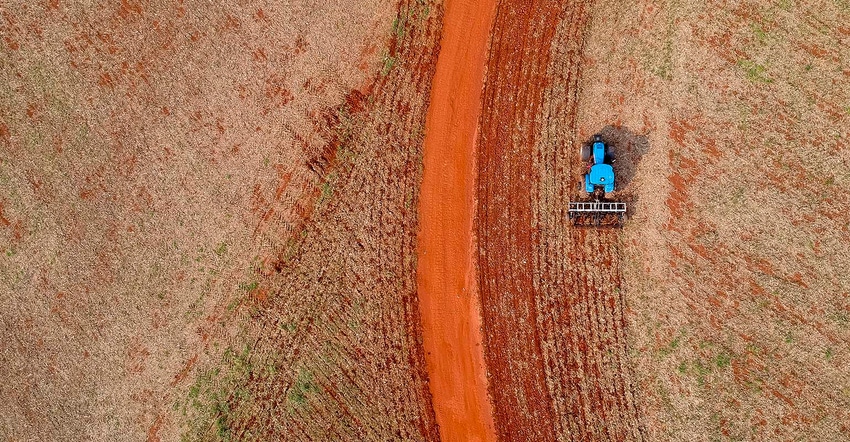
Brazil is primed to plant one of the largest soybean areas yet again. Early projections see soybean area rising to nearly 106 million acres, roughly 4.6% greater than last season. Planted area is one thing, but production is another. Much of these acres are new, with low fertility.
Furthermore, meteorologists still predict La Niña climate activity to continue through the end of the year. This would be the third year in a row of La Niña-type precipitation being limited in the Southern part of the country but adequate in the Northern part of the country. Last season saw this same type of weather pattern and cut Brazilian soybean production by over 20 MMT.
The USDA has pegged Brazil’s 2022/23 soybean crop at 149 MMT and 2022/23 corn crop at 126 MMT. Brazil certainly has the capacity to produce both, but will require adequate precipitation to do so. Last year USDA was looking for over 144 MMT at this time and yet they ended up with 124 MMT.
The odds favor a larger crop in Brazil simply because they will be starting with 4+ million more acres than last season. That will help partially cover any production shortfall in Southern Brazil.
Since Brazil overtook the U.S. as the largest soybean producer in the 2018/19 crop year, their lead has only widened. U.S. soybean acreage has stabilized in the last five years as it competes with corn. In Brazil, soybeans are the primary crop and don’t compete as much in frontier areas.
As the U.S. has reached it total peak acres, we expect that gap to continue to increase in Brazil. Corn acreage expansion follows the soybean expansion. Therefore, as soybean area goes up, there will be a larger pool of acres to double crop corn on in the Center West regions.
Planting season begins
Farmers in the Southern part of the country, specifically Rio Grande do Sul, can begin planting the first crop of 22/23 corn the second half of August through early October. Rio Grande do Sul has received a lot of precipitation lately and so soil moisture should indicate a quick start to that first crop.
Each region’s start date is determined by planting moratoriums that were created to help reduce the spread of Asian Rust and other diseases. Farmers in Mato Grosso cannot begin planting soybeans until Sept. 15, even with adequate moisture.
Brazilian farmers usually look for two to three inches of rainfall before starting to plant. This ensures they have at least some soil moisture to begin with to help get the seed to germinate. Some of the more courageous farmers plant a portion in the dust before the rain comes. Keep in mind this is following four or five months of dry season and so the ground is completely void of any moisture. However, it helps get farmers a head start if they have a large operation.
I tried this myself a couple of times on our operation in Brazil. We planted about 1000 acres of corn a couple days ahead of the first rain of the season. It ended up being some of our best fields. Of course, you have to be sure the rain is coming otherwise the seed will bake in the ground.
Matthew Kruse is President of Commstock Investments. Subscribe to their report at www.commstock.com.
Futures trading involves risk. The risk of loss in trading futures and/or options is substantial and each investor and/or trader must consider whether this is a suitable investment. Past performance is not indicative of future results. Trading advice is based on information taken from trades and statistical services and other sources that CommStock Investments believes to be reliable. We do not guarantee that such information is accurate or complete and it should not be relied upon as such. Trading advice reflects our good faith judgment at a specific time and is subject to change without notice. There is no guarantee that the advice we give will result in profitable trades.
The opinions of the author are not necessarily those of Farm Futures or Farm Progress.
Read more about:
BrazilAbout the Author(s)
You May Also Like






